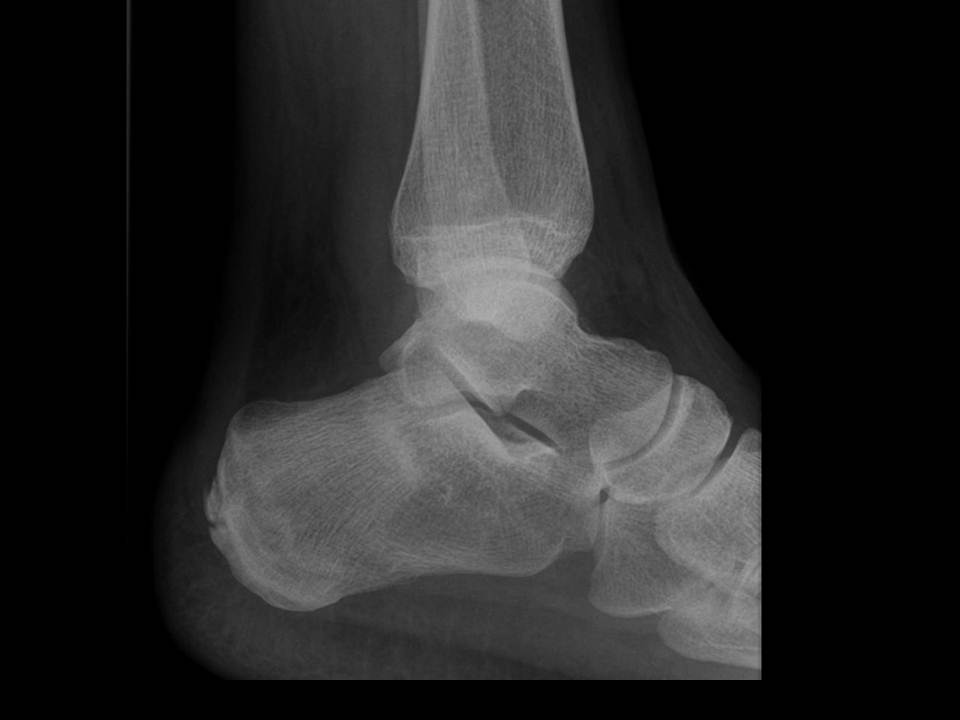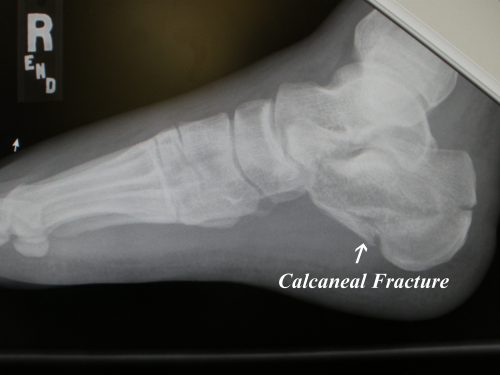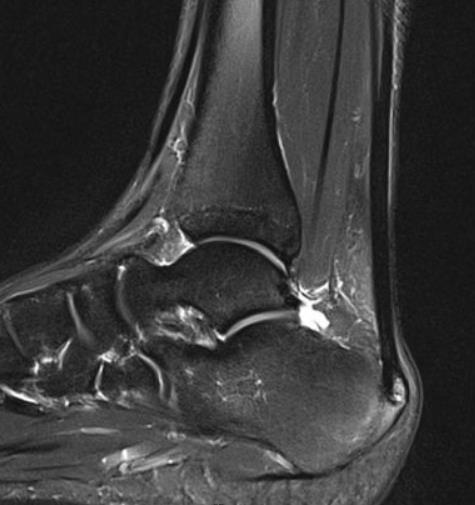
Multidetector CT Evaluation of Calcaneal Fractures. Badillo K, Pacheco J, Padua S, Gomez A, Colon E, Vidal J. Fractures of the Calcaneus: A Review with Emphasis on CT. If an intra-articular calcaneal fracture is seen, the images should be scrutinized for a lateral malleolar fleck sign (ankle), which raises the likelihood of peroneal tendon instability 10. If bilateral calcaneal fractures are seen, then the spine should also be evaluated for fracture as the mechanism of injury is often a large load to the axial skeleton, such as a fall from height. It can show the extent and extra- or intra-articular components of the fracture and hematoma along the sole of the foot ( Mondor sign). Intra-articular fractures are often classified using the Sanders classification system, which is one of the only systems that correlates well with patient outcome. CTĬT is the modality of choice to evaluate calcaneal fracture. The Böhler and Gissane angles are used to assess the severity of calcaneal fractures, and their postoperative appearance is correlated with functional outcomes 12.
#CALCANEUS FRACTURE ORTHOBULLETS SERIES#
Type C: fracture of the posterior tuberosityĬalcaneal fractures are best assessed with a calcaneal series of radiographs, though are often identified on a lateral ankle radiograph if the presentation does not lead the requesting of calcaneal views specifically. Type B: fracture of the mid calcaneus, trochlear process, and sustentaculum tali Type A fractures: the anterior process of the calcaneus is fractured The calcaneus is also a common site of stress fractures, occurring in the posterosuperior aspect. PathologyĬalcaneal fractures can be divided broadly into two types depending on whether there is articular involvement of the subtalar joint 2,7,8:

This should include assessment of articular reduction and longer follow-up of a larger number of patients.The calcaneus is the most commonly fractured tarsal bone and accounts for about 2% of all fractures 2 and ~60% of all tarsal fractures 3. Further study of this technique is warranted. The results of this study suggest that in comparison to open reduction, this method of percutaneously reducing and fixing calcaneus fractures minimizes complications and achieves and maintains extra-articular reductions as well as the standard extensile open reduction and internal fixation.
#CALCANEUS FRACTURE ORTHOBULLETS FULL#
The need for late subtalar fusions (two of 26 and three of 41 with full 2-year follow-up) and implant removal (five of 42 and 10 of 83) was not significantly different. The incidence of minor wound complications was nine of 42 in the OR group and five of 83 in the PR group (P = 0.03). Deep infection occurred in six of 42 of the OR group and zero of 83 of the PR group (P = 0.002).


The average loss of reduction at healing (minimum 4 months postoperatively) was not significantly different between the two groups. Bohler's angle was improved after surgery by an average of 22.4 degrees in the OR group and 25.3 degrees in the PR group (P = 0.31). There were no significant differences in sex, age, open fractures, fracture classification, or initial Bohler's angle between the two groups. There were 41 patients with 42 fractures in the OR group and 79 patients with 83 fractures in the PR group. Patients treated with percutaneous reduction (PR group) had small incisions with indirect fragment manipulation, and the reduction achieved was secured with screws alone. Patients treated with open reduction and internal fixation (OR group) had an extended lateral approach and fractures were fixed with plates and screws. One hundred twenty patients with 125 intra-articular calcaneus fractures were selected as a consecutive series with treatment method randomized by surgeon and time of presentation. Retrospective cohort study, consecutive series. The purpose of this study is to assess the initial results of percutaneously reducing and fixing calcaneus fractures compared with a concurrent control group that was openly reduced and internally fixed through an extensile lateral approach.


 0 kommentar(er)
0 kommentar(er)
